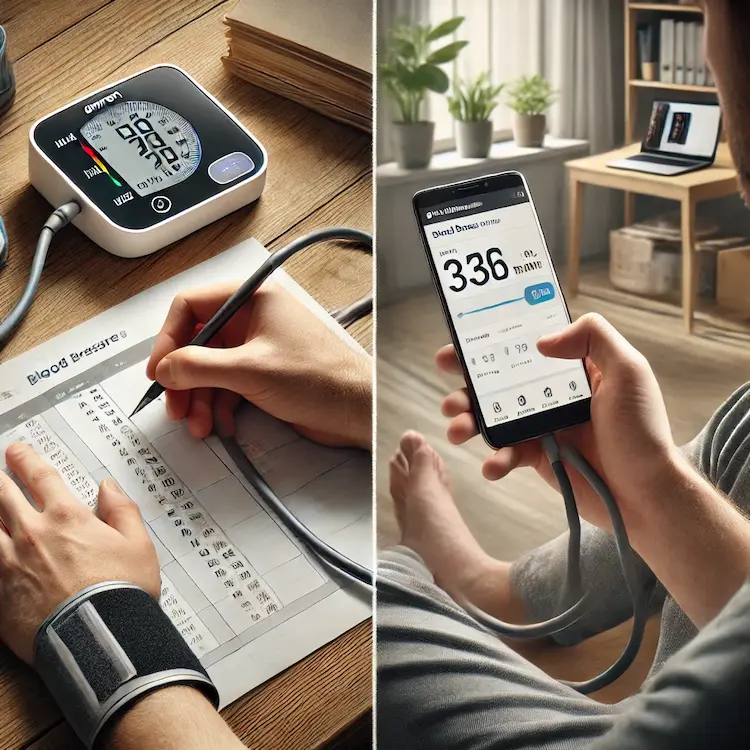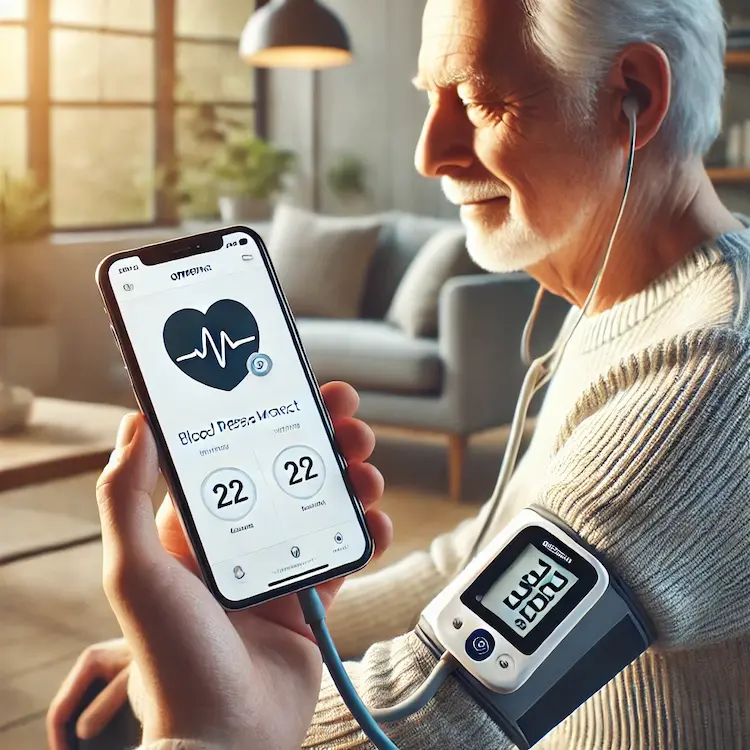Blood pressure monitoring is a crucial aspect of managing cardiovascular health, and digital blood pressure monitors have made self-monitoring more convenient than ever. Among the top choices, the Omron M3 and Omron X3 stand out as reliable, clinically validated options. However, for users seeking seamless health tracking, mobile app integration plays a vital role.
This article compares Omron M3 and Omron X3 in terms of mobile app integration, analyzing their connectivity, app features, user experience, and data management capabilities. Understanding these aspects can help users make an informed decision based on their healthcare needs.
Why Mobile App Integration Matters in Blood Pressure Monitoring
The integration of mobile apps with digital blood pressure monitors enhances health tracking, providing users with real-time insights, historical trends, and better data management. Key benefits include:
- Improved Accuracy & Consistency: Manual logging of readings can lead to errors, while mobile apps automatically sync data for precise tracking.
- Long-Term Monitoring: Graphs and trends help users and doctors identify patterns in blood pressure fluctuations.
- Easy Sharing with Healthcare Providers: Instant sharing of data allows better medical consultation and personalized treatment plans.
- Health Insights & Reminders: Many apps provide insights, medication reminders, and lifestyle suggestions for better cardiovascular health.
Given these advantages, mobile connectivity is a critical factor when choosing between Omron M3 and Omron X3.

Comparison: Omron M3 vs. Omron X3 Mobile App Integration
Below is a detailed comparison of how both models integrate with mobile apps.
Connectivity & Compatibility
| Feature |
Omron M3 |
Omron X3 |
| Bluetooth Connectivity |
❌ No |
✅ Yes |
| Wi-Fi Connectivity |
❌ No |
❌ No |
| Compatible App |
No direct app |
Omron Connect |
| Smartphone Compatibility |
Not supported |
iOS & Android |
Analysis: The Omron X3 supports Bluetooth connectivity and syncs with the Omron Connect app, whereas the Omron M3 lacks mobile connectivity, requiring manual tracking.
Omron Connect App Features
| Feature |
Omron M3 |
Omron X3 (via Omron Connect) |
| Automatic Syncing |
❌ No |
✅ Yes |
| Graphical Data Representation |
❌ No |
✅ Yes |
| Cloud Backup |
❌ No |
✅ Yes |
| Integration with Health Apps (Apple Health, Google Fit) |
❌ No |
✅ Yes |
| Multi-User Support |
✅ Yes (Manual) |
✅ Yes |
Analysis: The Omron Connect app, available for the X3, offers superior tracking features such as automatic syncing, cloud storage, and third-party app integration, making it more convenient for users.
User Experience & Ease of Use
- Omron M3: Simple and easy to use, but users must manually record readings, increasing the likelihood of errors.
- Omron X3: The Bluetooth sync feature eliminates manual data entry, making it more user-friendly and efficient.
Data Management & Sharing
| Feature |
Omron M3 |
Omron X3 |
| Data Storage |
Device memory only |
Device & Omron Connect Cloud |
| Export Reports |
Manual logging |
CSV/PDF export from app |
| Doctor Sharing Option |
Requires manual entry |
Share via app |
Analysis: Omron X3 provides better data management and sharing options, ideal for users who need regular doctor consultations.
Potential Health and Societal Impacts
The ability to seamlessly track and manage blood pressure through mobile apps has several important implications:
Improved Health Monitoring
- Studies indicate that consistent blood pressure monitoring reduces the risk of stroke and heart disease.
- Mobile-connected BP monitors encourage daily tracking, leading to better medication adherence and lifestyle adjustments.
Empowering Patients & Reducing Healthcare Costs
- Digital tracking helps patients take a proactive role in managing hypertension.
- Reduced reliance on in-clinic visits for BP checks lowers medical expenses.
Enhanced Medical Collaboration
- Doctors receive accurate historical data, enabling better diagnosis and treatment planning.
- Remote patient monitoring through app-based BP tracking is beneficial for telemedicine.
Which Should You Choose?
| Factor |
Omron M3 |
Omron X3 |
| Best for Traditional Users |
✅ Yes |
❌ No |
| Best for Tech-Savvy Users |
❌ No |
✅ Yes |
| Budget-Friendly Choice |
✅ Yes |
❌ No |
| Best for Long-Term Health Tracking |
❌ No |
✅ Yes |
- Choose Omron M3 if you prefer a simple, manual tracking option and do not require Bluetooth connectivity.
- Choose Omron X3 if you want seamless mobile integration, cloud storage, and automatic tracking.
Practical Tips for Using a Smart BP Monitor Effectively
- Ensure Proper Arm Positioning: Keep your arm at heart level to get accurate readings.
- Measure at the Same Time Daily: Consistency improves tracking accuracy.
- Use the Omron Connect App Regularly (for X3 users) to monitor trends and set medication reminders.
- Sync and Backup Data Frequently to prevent loss of health records.
- Share Data with Your Doctor for better medical guidance.

Conclusion
In terms of mobile app integration, the Omron X3 clearly outperforms the Omron M3. With Bluetooth connectivity, automatic syncing, data visualization, and cloud storage, it is the better option for individuals seeking seamless digital health management.
On the other hand, if you do not require app-based tracking and prefer manual data recording, the Omron M3 remains a cost-effective and reliable alternative.
Key Takeaways
- Omron M3 lacks mobile app integration, requiring manual tracking.
- Omron X3 supports Bluetooth & Omron Connect, offering seamless data syncing.
- Mobile-connected BP monitors improve long-term health management.
- Choose Omron X3 for tech convenience and Omron M3 for budget-friendliness.
Actionable Recommendations
- If you need long-term BP tracking and remote monitoring, opt for the Omron X3.
- If you prefer simple manual operation, the Omron M3 is a good choice.
- Always ensure proper BP measurement techniques for accurate readings.

